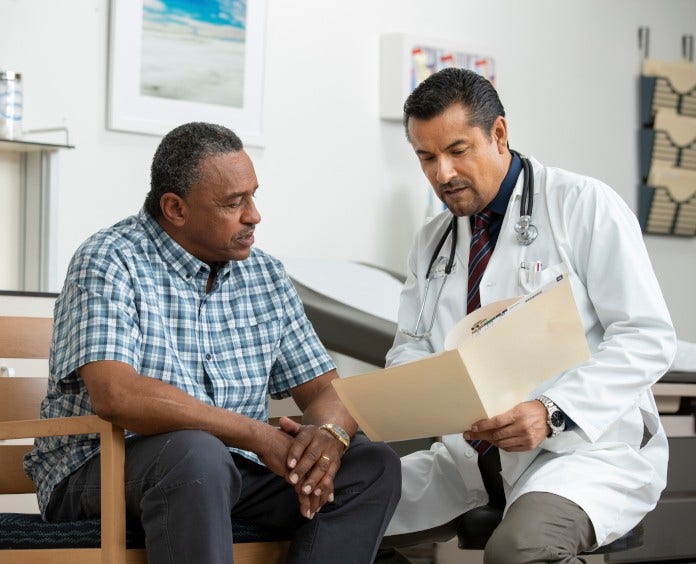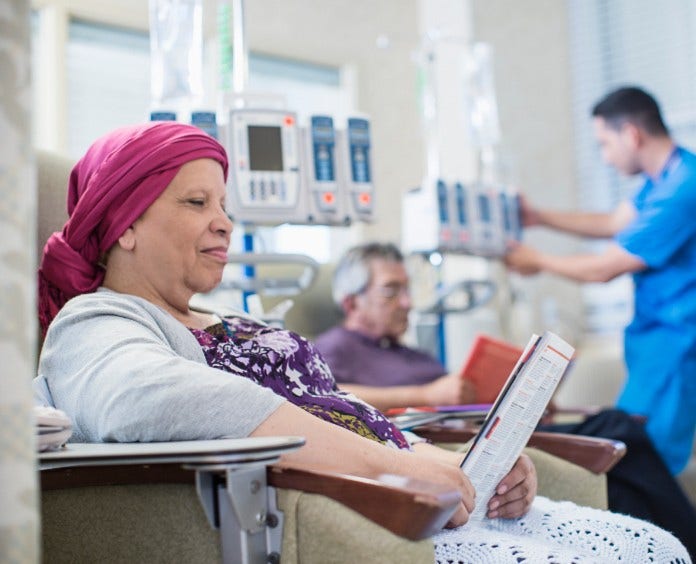Your gift is 100% tax deductible
Oral Cavity (Mouth) and Oropharyngeal (Throat) Cancer
Oral cavity and oropharyngeal cancers start in the mouth or throat. If you have one of these cancers or are close to someone who does, knowing what to expect can help you cope. Here you can find out about oral cavity and oropharyngeal cancers, including things like risk factors, symptoms, how they're found, and how they're treated.
This information is possible thanks to people like you.
We depend on donations to keep our cancer information available for the people who need it most.










